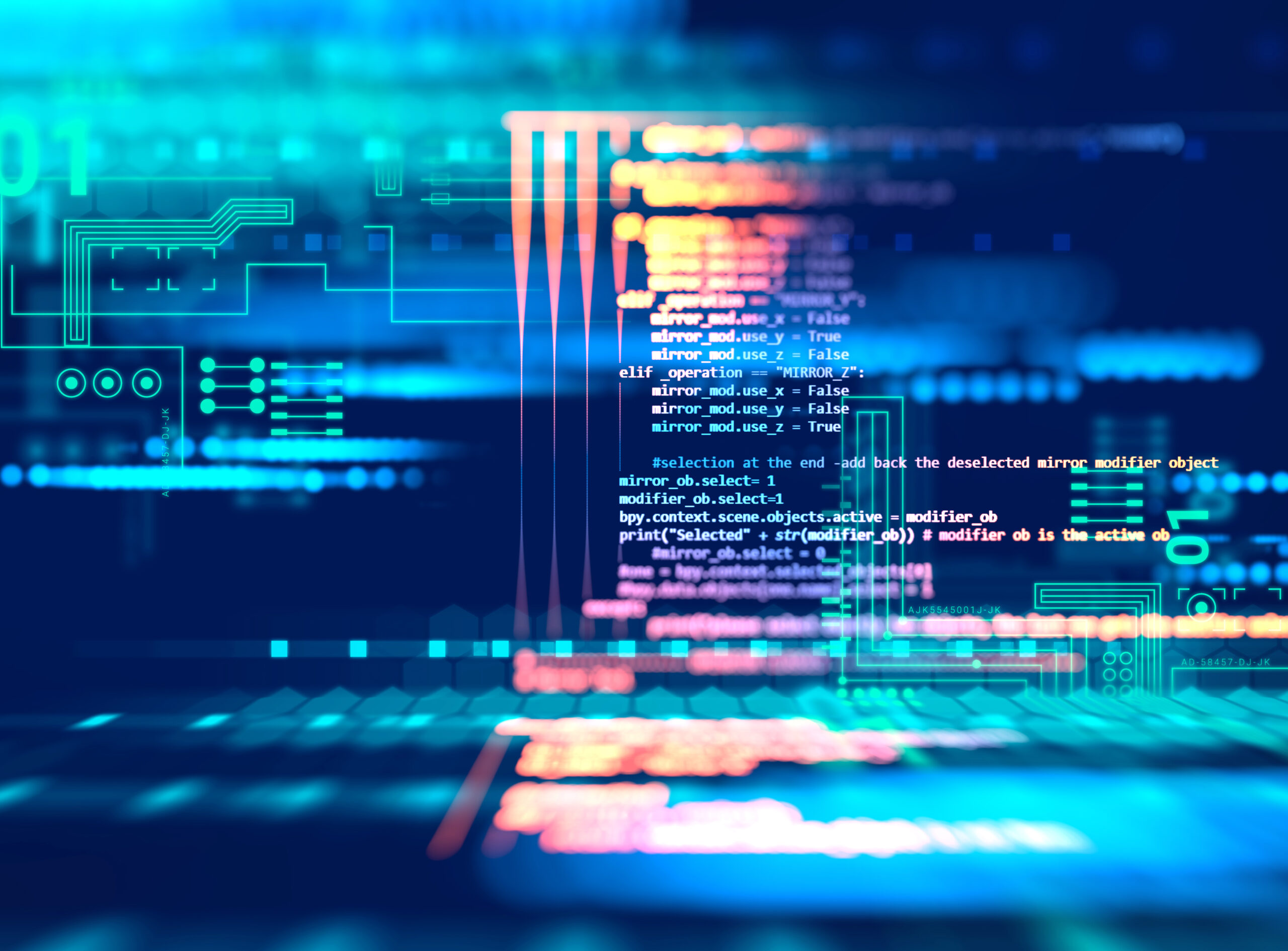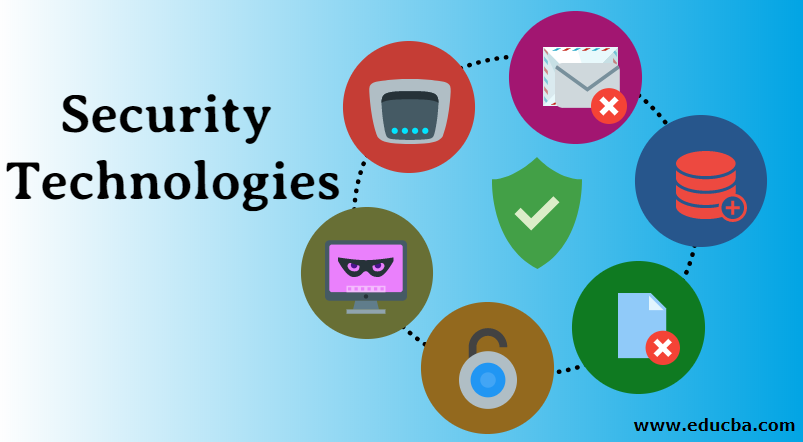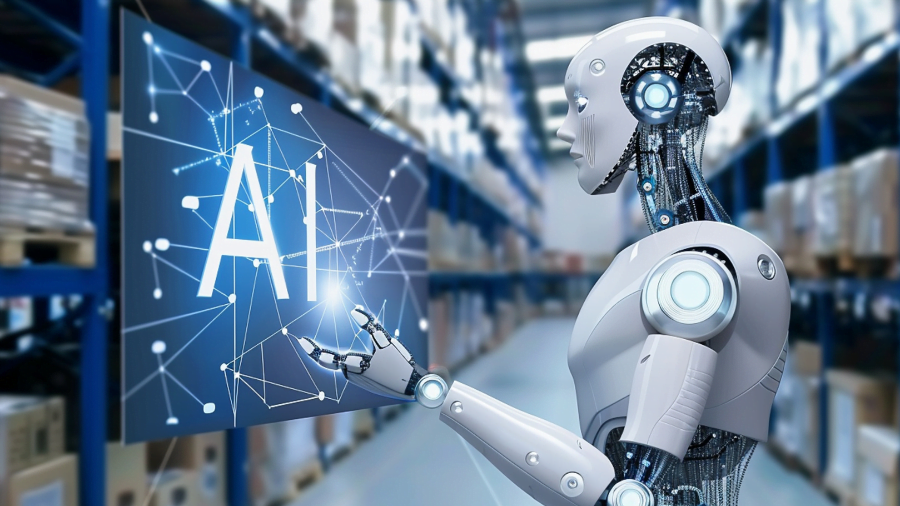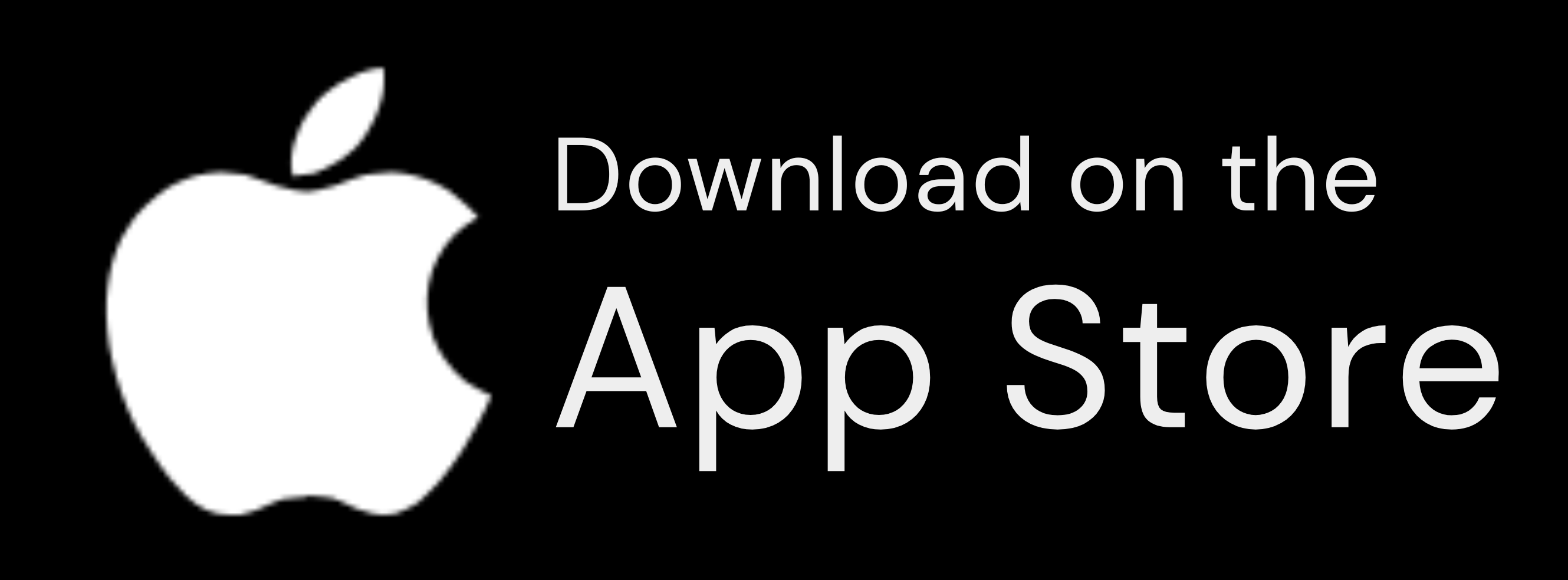Microsoft Embraces Google's A2A Protocol: A New Era of AI Agent Collaboration
Microsoft is the latest tech powerhouse to adopt Google’s A2A protocol, which helps agents communicate and collaborate.

Credit: juty_jang / Shutterstock
The Rise of Agentic AI and the Need for Interoperability
The world of Artificial Intelligence (AI) is rapidly evolving, with AI agents becoming increasingly sophisticated and integrated into various aspects of business and daily life. As these agents take on more complex tasks, the need for them to communicate and collaborate effectively becomes paramount. This is where protocols like Google's Agent2Agent (A2A) come into play.
Google’s recently released Agent2Agent protocol has emerged as a top contender to facilitate communication and collaboration between AI agents in models and enterprises.
Microsoft Joins the A2A Movement
Microsoft this week adopted the A2A protocol in Copilot Studio and Azure AI Foundry for developers to build shared agents that can interact with each other.
Introduced last month, Google’ open-source A2A protocol allows networks of agents to structurally set goals, reason, take action, and return results across clouds, enterprises, and data silos, said Yina Arenas, vice president of product for Azure AI Foundry, and Bas Brekelmans, chief technology officer of Copilot Studio, in a joint blog entry.
“As customers scale these systems, interoperability is no longer optional,” the blog authors said.
Like Microsoft, AI services company Glean, which provides AI-based collaborative tools, is in the process of implementing A2A, Steve Calvert, software engineer at Glean, told Computerworld.
“Many enterprises are still trying to adopt agents, and A2A is really laying the foundation for the next generation of AI-powered collaboration,” Calvert said.
What is the Agent2Agent (A2A) Protocol?
The Agent2Agent (A2A) protocol is an open-source protocol designed to enable seamless communication and collaboration between AI agents. It provides a standardized framework for agents to:
- Set Goals: Define objectives and tasks for themselves and other agents.
- Reason: Analyze information and make decisions based on available data.
- Take Action: Execute tasks and interact with other systems and agents.
- Return Results: Share outcomes and insights with other agents and users.
By providing a common language and structure for AI agent interactions, A2A aims to break down silos and foster a more collaborative AI ecosystem.
Benefits of A2A Protocol
The adoption of the A2A protocol offers several key benefits for organizations and developers working with AI agents:
- Interoperability: A2A allows agents built on different platforms and by different vendors to communicate and work together seamlessly.
- Scalability: By enabling agents to collaborate, A2A facilitates the creation of more complex and scalable AI solutions.
- Efficiency: A2A streamlines communication and coordination between agents, reducing redundancy and improving overall efficiency.
- Innovation: By providing a common foundation for AI agent interactions, A2A fosters innovation and the development of new AI applications.
A2A vs. MCP: Understanding the Differences
A2A is emerging at a time Anthropic’s MCP (model context protocol), another agent-to-agent protocol, is gaining steam.
A2A enables the orchestration of multiple agents, while MCP gives agents access to tools, Calvert said.
In practice, this means that agents will work with one another using A2A and interact with other systems using MCP, Calvert said.
A2A and MCP don’t compete, as they fill different requirements and “kind of need each other for the agents to work together,” said Bob Parker, senior vice president at IDC.
AI agents need middleware to understand and contextualize data in complex large-scale deployments, which is where MCP fits in. A2A is “more of asynchronous communication between agents themselves” that is emerging as a default protocol in the AI industry, Parker said.
For example, agents within M365 can talk directly within apps or services using A2A, which is a “more immediate mechanism to benefit productivity,” Parker said.
“I think long term, the MCP is going to be perhaps more impactful when you get outside of what you have on your desktop. When you start to talk about enterprise applications… MCP will be important,” Parker said.
Salesforce's Perspective on A2A
Salesforce, which developed the A2A standard with Google, is also moving forward with the technology.
The A2A standard “allows AI agents to work together seamlessly across Agentforce and other ecosystems to turn disconnected capabilities into orchestrated [implementations],” said Gary Lerhaupt, vice president of product architecture at Salesforce, in an email statement to Computerworld.
Read.AI's Cautious Approach
The development of A2A is being watched closely by Read.AI, which has products that integrate with productivity and process tools from Salesforce, Atlassian, Google, and Slack.
“There’s a lot of buzz around A2A — and MCP too, for that matter — and like so much of AI, these protocols are going to be transformative and the changes will happen fast,” Elliott Waldron, co-founder and vice president of data science at Read.AI, told Computerworld.
But it’s still early in terms of implementation for the company, Waldron said. “We require a tighter integration of different sources to achieve the highest level of fidelity for our products. So we’re not moving yet, but we are definitely paying close attention,” Waldron said.
Use Cases for A2A in the Enterprise
The A2A protocol has the potential to transform various aspects of enterprise operations. Here are a few examples of how A2A can be applied:
- Customer Service: AI agents can collaborate to resolve customer inquiries, with one agent handling initial contact and another providing specialized support.
- Sales and Marketing: Agents can work together to identify leads, personalize marketing messages, and track customer engagement.
- Supply Chain Management: Agents can coordinate logistics, optimize inventory levels, and predict potential disruptions.
- Cybersecurity: Agents can collaborate to detect and respond to security threats, sharing information and coordinating defense strategies.
The Future of AI Agent Collaboration
The adoption of the A2A protocol by major players like Microsoft, Google, and Salesforce signals a significant shift towards a more collaborative and interoperable AI ecosystem. As AI agents become more prevalent and sophisticated, the need for standardized communication protocols will only continue to grow.
Protocols like A2A and MCP are paving the way for a future where AI agents can seamlessly collaborate to solve complex problems, automate tasks, and drive innovation across industries. The journey towards fully realized AI collaboration is still in its early stages, but the momentum is building, and the potential benefits are immense.
Conclusion
Microsoft's embrace of Google's A2A protocol marks a pivotal moment in the evolution of AI. By fostering interoperability and collaboration between AI agents, A2A is set to unlock new possibilities for AI-driven solutions across various industries. As more companies adopt and contribute to the A2A standard, the future of AI promises to be one of seamless integration and unprecedented innovation.














